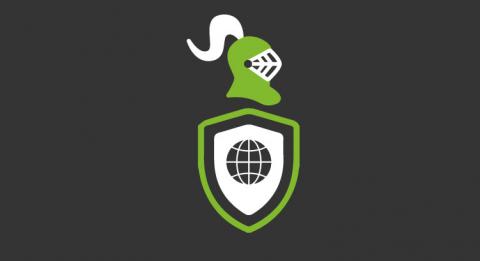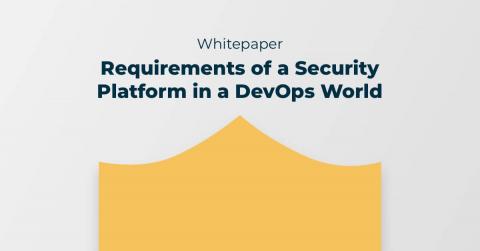Preventing Cookie Consent Banners in Synthetic User Journeys
Cookie consent banners and popups are a little like that annoying friend who turns up at your house unannounced when you’re trying to do the washing, asks too many questions and is tricky to get to leave. They’ve also brought their 3 year old with them who’s favourite past time is to pull on your dog’s tail and stare at their private parts. Unlike such visitors, cookie consent banners can be prevented in your synthetic user journeys if you know how.











